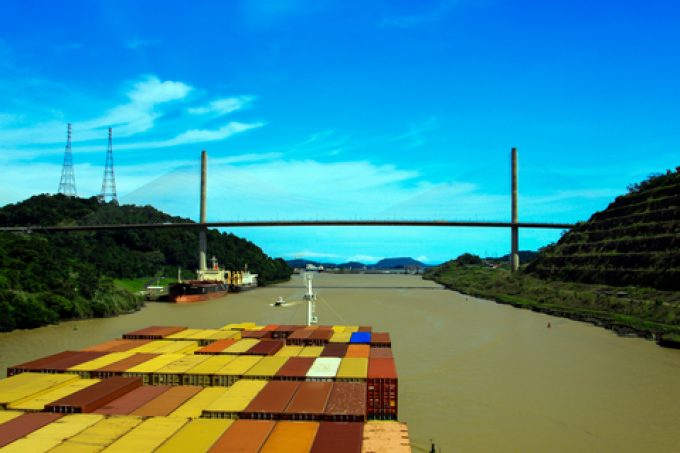MSC revamps east-west network as alliance strategies on blanking vary
As container lines try to manage capacity in the face of wild swings in short-term ...

There were tentative signs over the weekend that the potential for a full-blown crisis at the Panama Canal may be reducing, after the canal authority indicated it would allow more daily transits next month.
While the country continues to be gripped by an unprecedented drought, the ...
Four crew members still missing as Wan Hai 503 continues to burn
Explosions and 'out-of-control' fire reported on Wan Hai box ship
Predatory rivals circle as the ripples from DSV's Schenker buy widen
MSC Elsa crew face criminal probe, as Wan Hai 503 firefighters battle on
Latest Israeli attack on Iran a threat to box ships in Straits of Hormuz
'It's driving us mad', say forwarders as US court fails to end tariff turmoil
Transpacific rates ease as capacity boost proves too much for trades to digest

Comment on this article